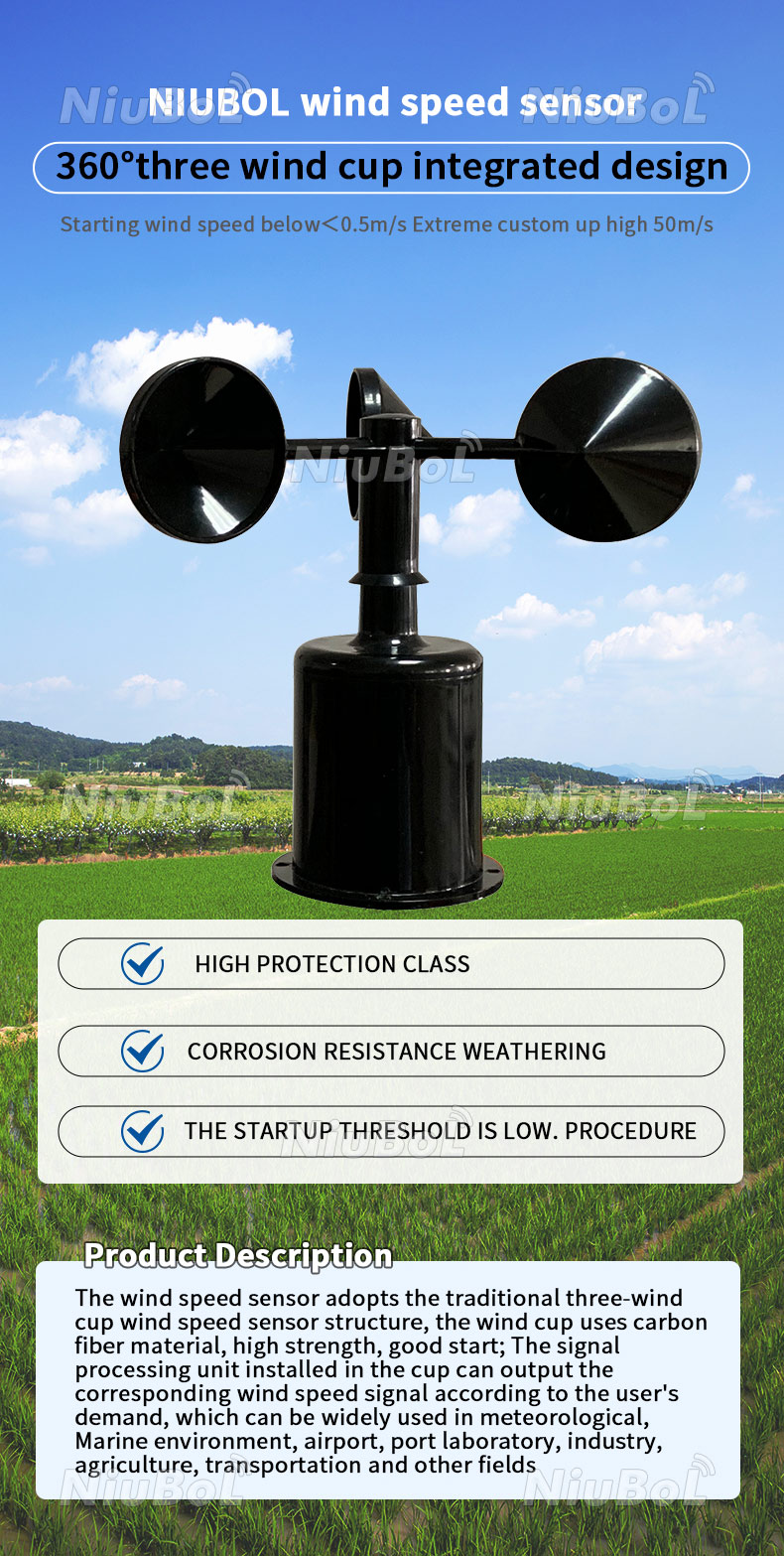Selecting the Right Anemometer: A Comprehensive Buying Guide
Selecting the Right Anemometer: A Comprehensive Buying Guide
Blog Article
Anemometers Introduced: Understanding Their Importance in Environmental Surveillance and Precaution
The function of anemometers in environmental tracking and security actions is typically undervalued, yet their relevance is indisputable. These instruments have a long history rooted in clinical questions and technological developments, progressing to become necessary devices in various fields. From weather forecasting to aeronautics security, anemometers play an important function in offering accurate information that notifies decision-making procedures and enhances overall security. Recognizing the details of anemometers introduces a globe of vital insights that are basic to our understanding of the atmosphere and the procedures we take to guarantee safety.
Background of Anemometers
The evolution of anemometers can be traced back to the old human beings where fundamental wind determining tools were initial made use of. One of the earliest well-known anemometers was the hemispherical mug anemometer invented by Leon Battista Alberti in the 15th century.
In the 18th century, the renowned scientist John Thomas Romney Robinson introduced the Robinson anemometer, which featured 4 hemispherical mugs placed on horizontal arms that extended from a central axis. This layout came to be a criterion in atmospheric measurements because of its accuracy and dependability. Throughout the years, advancements in technology led to the growth of even more modern anemometers, consisting of ultrasonic anemometers and laser Doppler anemometers, offering enhanced precision and effectiveness in determining wind rate and direction. The history of anemometers showcases an exceptional journey of technology and progression in the area of meteorology.
Sorts Of Anemometers
Throughout the area of meteorology, various types of anemometers have been created to accurately gauge wind rate and instructions. Sonic anemometers make use of ultrasonic signals to gauge wind rate and instructions precisely. Hot-wire anemometers operate based on the principle that the cooling impact of wind on a warmed cord is symmetrical to the wind speed.
Applications in Weather Forecasting
Having actually gone over the numerous kinds of anemometers utilized in meteorology for measuring wind speed and direction, it is vital to discover their practical applications in the area. Anemometers play an important function in weather forecasting by giving accurate and real-time information on wind conditions (anemometer). Meteorologists utilize anemometers to keep an eye on wind speed and direction to anticipate weather patterns, problem cautions for serious climate occasions like tornados, cyclones, and twisters, and analyze atmospheric conditions for air travel security
In meteorology, anemometers assist in understanding regional and local wind patterns, which are crucial for anticipating weather changes and determining climatic fads. These tools are additionally utilized in research to examine microclimates, urban warmth islands, and air contamination dispersion. Additionally, anemometers are employed in agriculture to enhance plant administration techniques, such as watering and pesticide application, based on wind problems.
Significance in Aviation Security
An integral facet of guaranteeing aeronautics security lies in the thorough tracking of wind conditions using anemometers. Anemometers play an important role in aeronautics by giving real-time data on wind speed and instructions, helping pilots in making informed choices throughout flight, take-off, and landing. Solid and unforeseeable winds can substantially impact airplane procedures, making over at this website it vital for aeronautics authorities to depend on exact wind dimensions to guarantee the safety of travelers and team.

In the dynamic setting of air travel, where also minor adjustments in wind speed and direction can have profound effects, anemometers stand as vital tools for promoting safe and risk-free flight.
Function in Environmental Research
Anemometers play a vital role in ecological research by providing important information on wind rate and direction. By properly gauging wind features, anemometers assist scientists examine the motion of contaminants in the air, analyze the impact of commercial emissions, and forecast the spread of pollutants in the setting.


Verdict
In verdict, anemometers have played a crucial duty in ecological surveillance and security steps. Comprehending the relevance of anemometers is crucial for accurately gauging wind speed and direction, which is important for predicting weather condition patterns, making certain risk-free air travel operations, and carrying out environmental researches.
One of the earliest well-known anemometers was the hemispherical cup anemometer designed by Leon Battista Alberti in the 15th century. Over the years, developments in innovation led to the growth of more modern-day anemometers, including ultrasonic anemometers and laser Doppler anemometers, providing increased accuracy and effectiveness in measuring wind rate and instructions. Hot-wire anemometers operate based on the principle that the cooling effect of wind on a heated cable is symmetrical to the wind speed. Meteorologists make use of anemometers to keep an eye on wind speed and instructions to anticipate climate patterns, concern warnings for extreme climate events like storms, twisters, and typhoons, and assess climatic problems for aeronautics safety.
Understanding the significance of anemometers is essential for precisely determining wind rate and look at here now direction, which is important for anticipating weather condition patterns, guaranteeing secure aeronautics operations, and conducting environmental research studies. (anemometer)
Report this page